It has been almost 20 years since the last flight of Concorde, the most famous commercial supersonic aircraft in world aviation history. The plane, developed by France and Britain in 1954, can reach speeds of Mach 2.04, which is more than twice the speed of sound.
It is equivalent to a speed of 2,126 km/h, allowing Concorde to operate a commercial flight from London to New York in less than 3 hours. With the distance from Hanoi to Ho Chi Minh City, the time can be shortened from 2 hours 15 minutes (with current commercial aircraft) to 34 minutes (with a Concorde aircraft).
Even so, one of the main reasons this model failed was that it was too noisy.
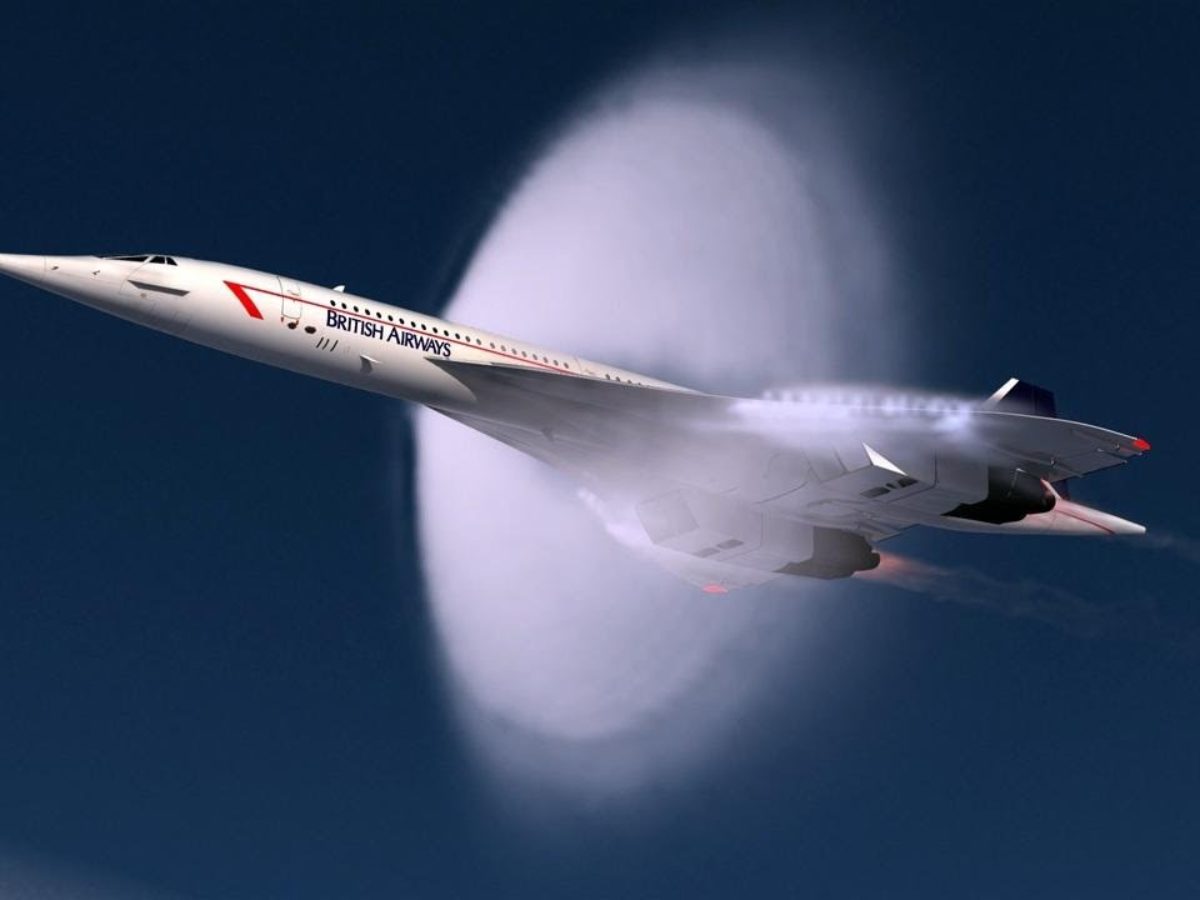
As we all know, when an object moves faster than the speed of sound, it causes a phenomenon known as “Sonic boom“. This is a series of extremely loud sonic booms, caused by the pressure waves that aircraft create when they are pressed together as the aircraft passes the speed of sound causing its engine sound waves to generate couldn’t get out in time.
Sonic boom can make a loud noise equivalent to a lightning strike. It can startle people on the ground and even break windows.
In addition, because the supersonic plane travels continuously at speeds above the speed of sound, it continuously compresses the pressure waves and sends Sonic booms through wherever it passes below. Concorde routes therefore must be very limited to flying over residential areas.

Sonic boom created by Concorde aircraft when exceeding the speed of sound
But things can change from now on. Last weekend, the US National Aeronautics and Space Administration (NASA) said it had reached a deadline to deliver the supersonic aircraft X-59 QueSST designed and built by defense aviation corporation Lockheed Martin.
The X-59 is the world’s first damped supersonic aircraft, using sonic boom noise cancellation technology. It just completed a ground test in Fort Worth, Texas before being handed over to NASA.
If put into commercialization, the X-59 is expected to be the perfect supersonic aircraft to replace the previous Concorde. It will revolutionize the speed of human movement in the air.
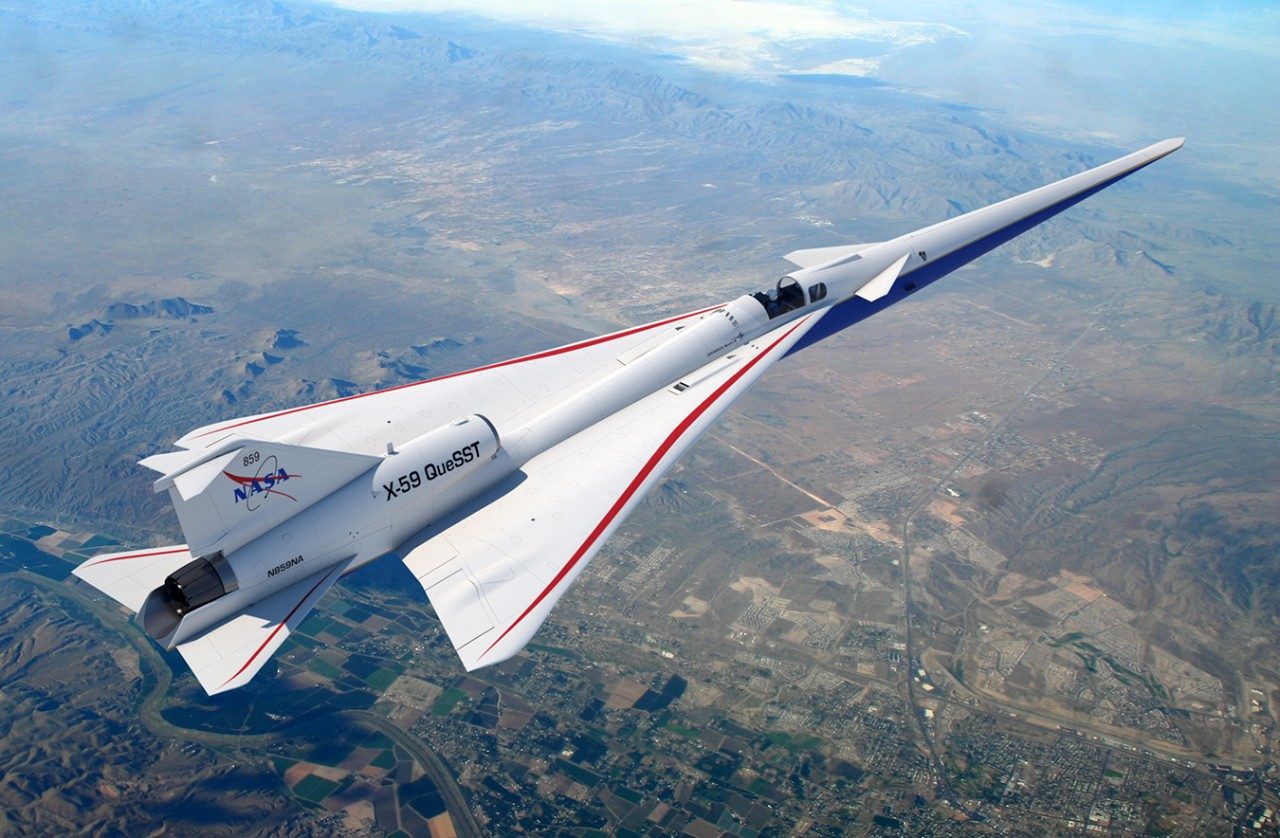
X-59 is part of the Skunk Works program, a collection of the most advanced technology development projects of the defense aerospace corporation Lockheed Martin. The first design of this plane was given to NASA in 2016, which has committed a contract of nearly 250 million USD to create the first X-59 model.
This supersonic aircraft will therefore be 29 meters long, have a wingspan of 9 meters and have a maximum take-off weight of 14.7 tons. X-59 is equipped with General Electric F414 engine, reaching a maximum speed of Mach 1.5 equivalent to 1,590 km/h.
Although the design speed of the X-59 is lower than the Concorde, in return, it will overcome the noise level that a supersonic aircraft can produce.
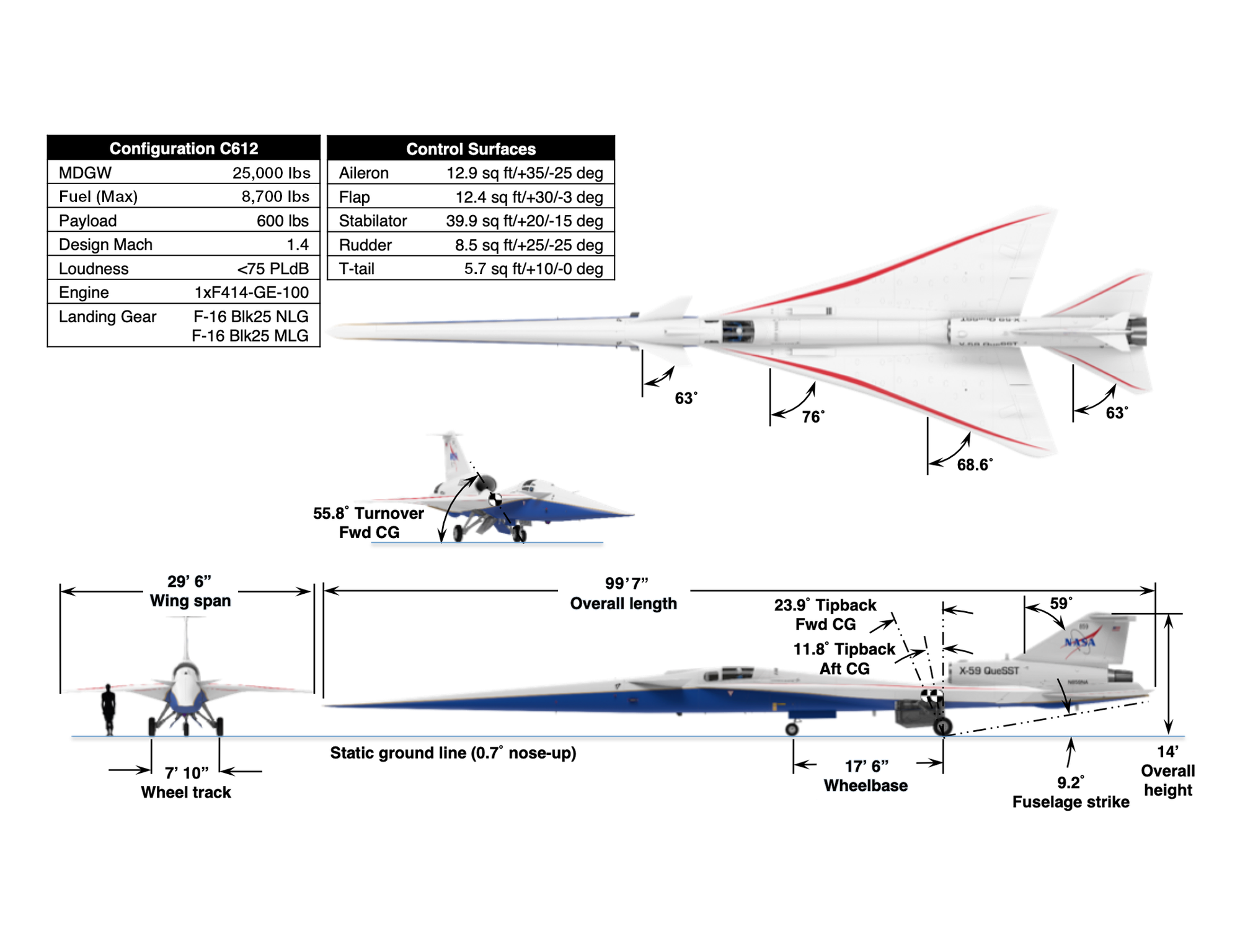
The ground noise emitted by the X-59 is expected to be about 60 dB, only 1/1000 of that of today’s supersonic fighter jets. To achieve this, engineers at Lockheed Martin used a long, narrow airframe and slings to keep the shock waves from being compressed together as the X-59 flew at supersonic speeds.
The aircraft thus produces only a perceived noise level of 75 (PLdB) on the ground, equal to the sound of a car door closing, compared to the Concorde’s 105-110 (PLdB) noise level.
The X-59 has now passed a series of ground-based fuel and structural calibration tests. These tests are conducted to ensure the ability of the aircraft when it is subjected to loads and strains of supersonic flight.
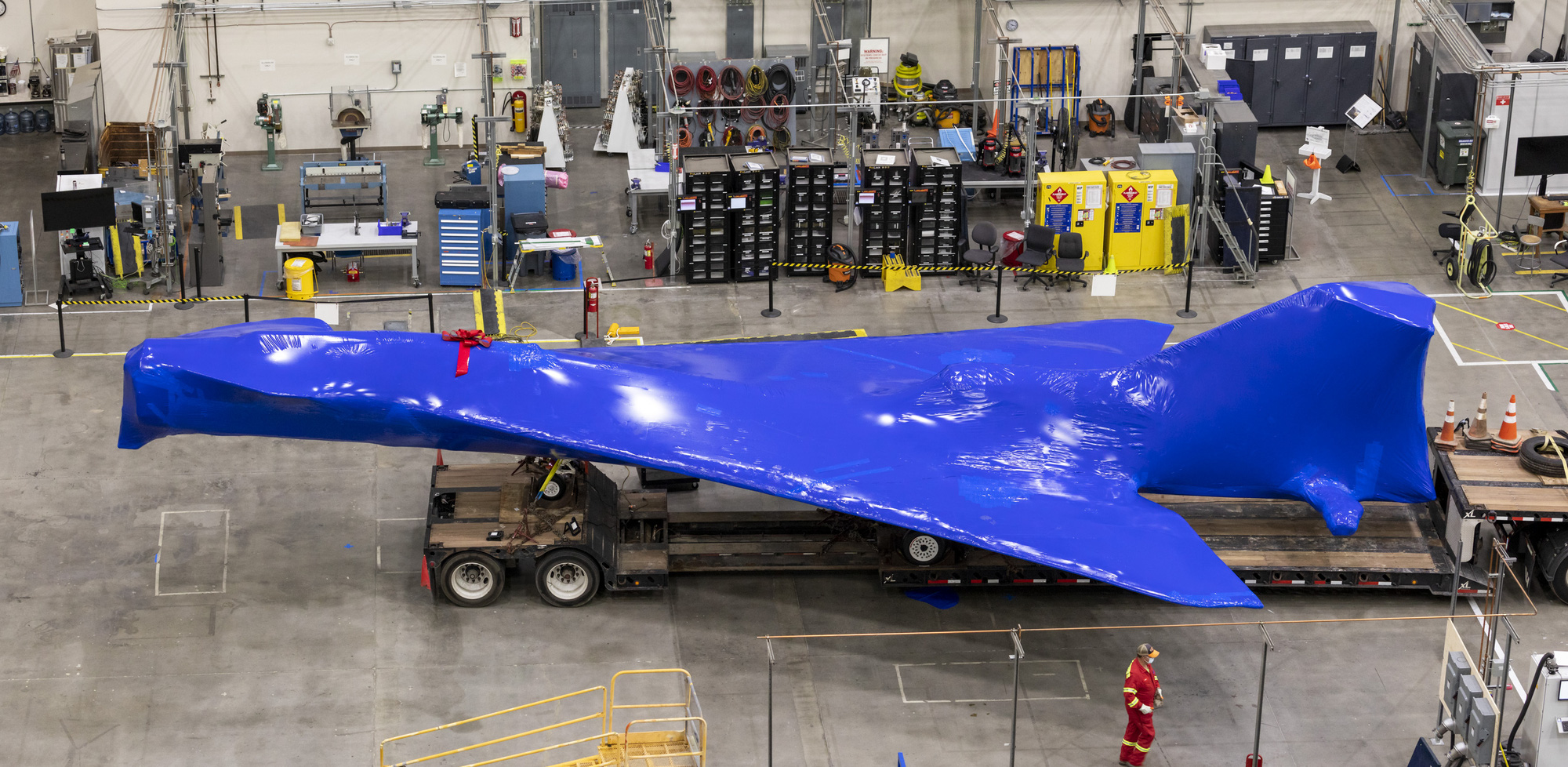
During tests at the Fort Worth, Texas facility, the X-59’s fuel system was also calibrated. Since the X-59 hasn’t actually flown yet, it was trucked from its California manufacturing facility to Texas last December.
“Only at the Texas test site do we have the necessary facilities to perform these tests.”said Mike Buonanno, one of the aerospace engineers at Lockheed Martin.
Ground tests were then completed at the aerospace giant’s Fort Worth facility, where the F-16 Fighting Falcon was built for many years.
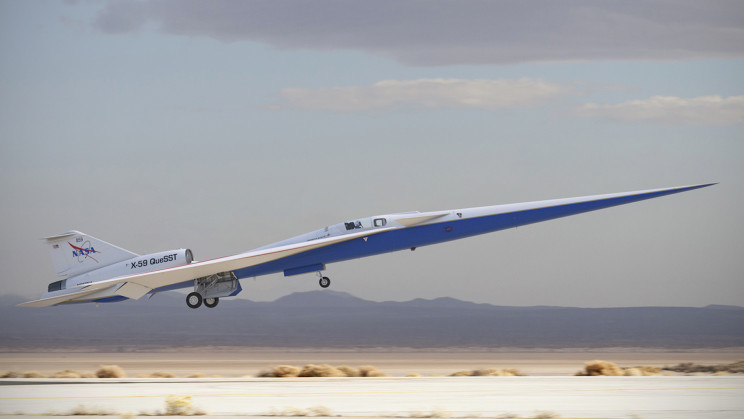
Now, with the X-59 prototype delivered back to California, the aircraft will continue to undergo ground tests on its way to its maiden test flight.
NASA expects the X-59 to begin flying in 2024. Around the same time, it will also test the supersonic aircraft to fly it through the air above residential areas. So, if you’re in the US, the next two years are likely to be a little bit noisier.
But the X-59 is expected to pass urban noise standards, and regulators in the United States will lift the ban on commercial supersonic aircraft, if the X-59 proves it can fly. without creating a sonic boom like Concorde.
A new era for supersonic aviation is being ushered in with this aircraft.
Reference 19fortyfive, NASA
